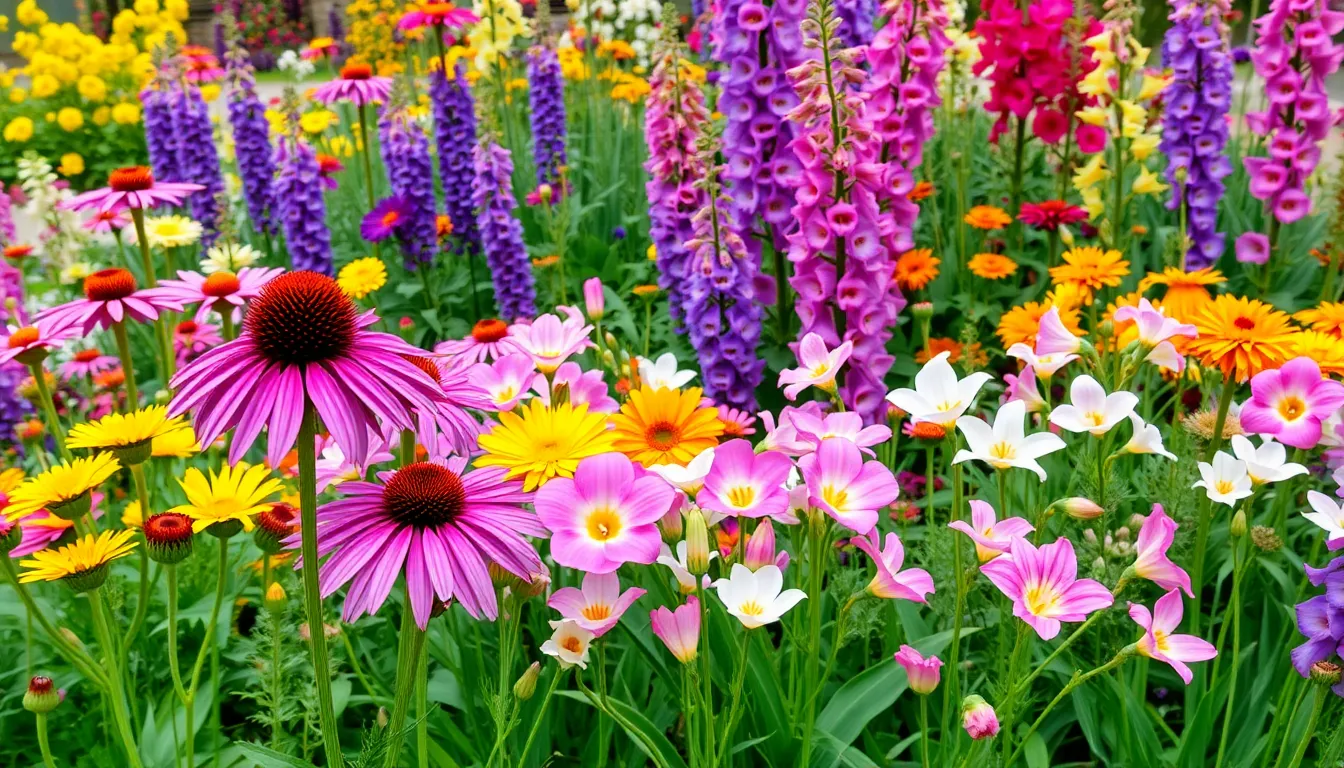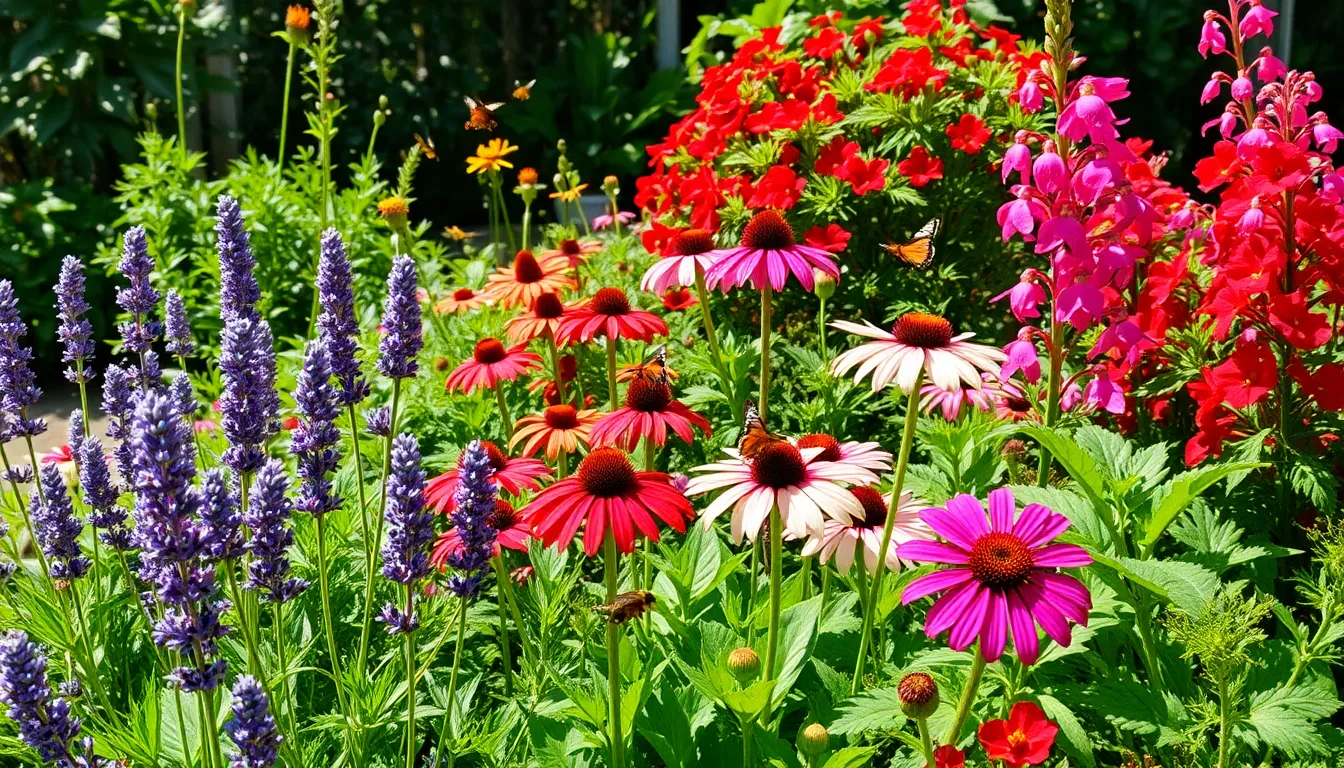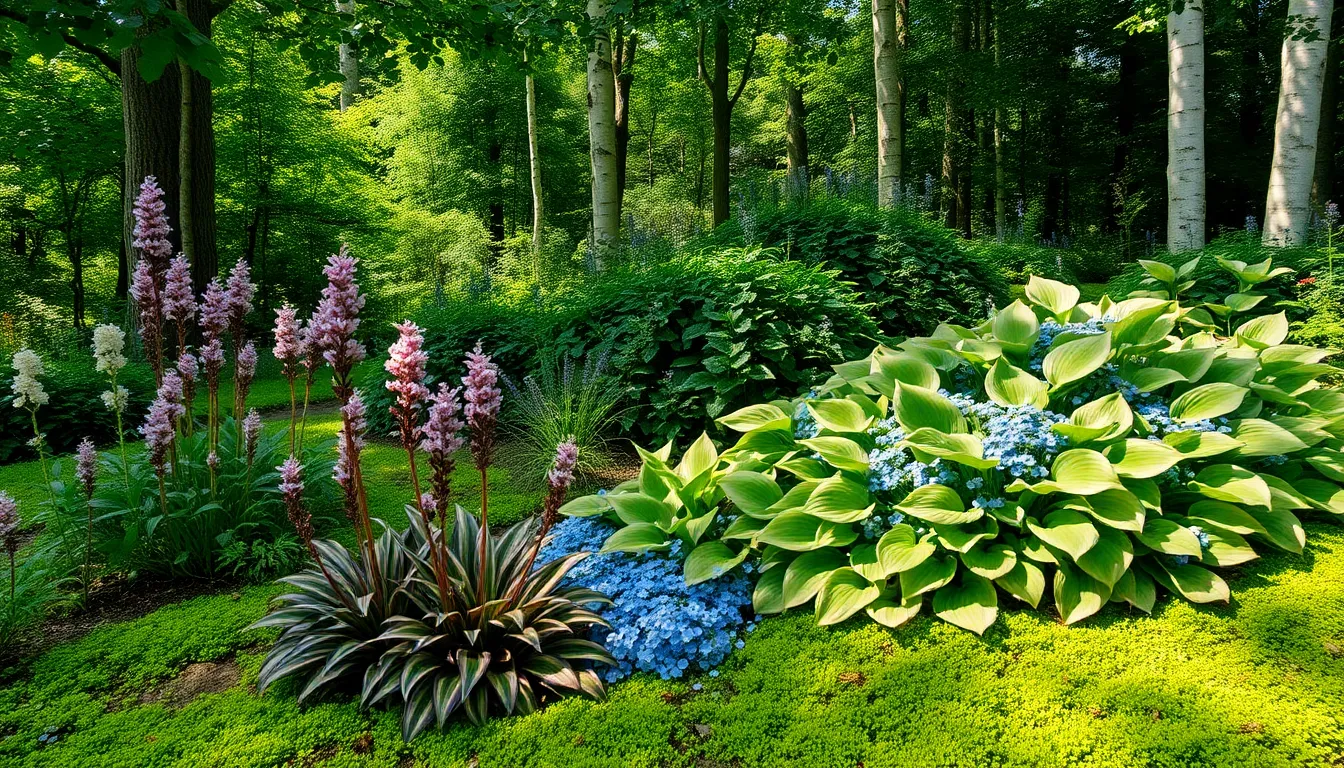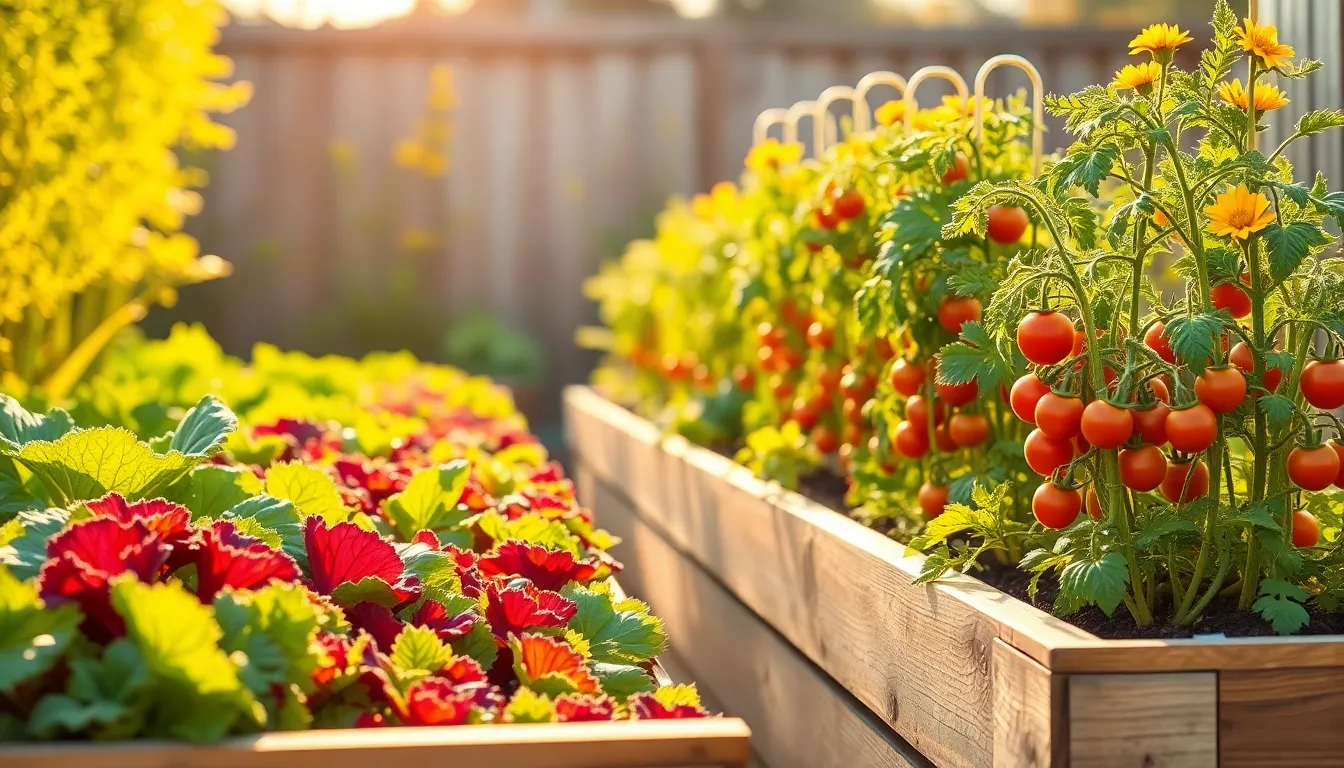Spring is the season of renewal, and what better way to celebrate it than by planting a stunning perennial garden that bursts with color year after year? Whether you’re a budding gardener just starting out or a seasoned green thumb looking to refresh your spring display, our guide, “Best Perennials for a Beautiful Spring Garden,” offers a wealth of ideas to transform your outdoor space into a vibrant oasis. The joy of watching perennials bloom each year is unmatched, and with the right choices, you can create a garden that requires minimal upkeep while delivering maximum beauty.
In this guide, you’ll discover a curated selection of perennials that not only thrive in various climates but also provide a tapestry of textures, colors, and fragrances. These plants are the unsung heroes of the garden, returning with vigor each spring and rewarding your efforts with a display that gets more magnificent as the years go by. With practical tips and expert advice, you’ll gain the confidence to choose the best plants for your specific conditions, ensuring a successful and satisfying gardening experience. Embrace the delight of perennial gardening and let your spring garden be a testament to the joy and rewards of nurturing nature’s wonders.
Daylilies (Vibrant Blooms with Minimal Care)
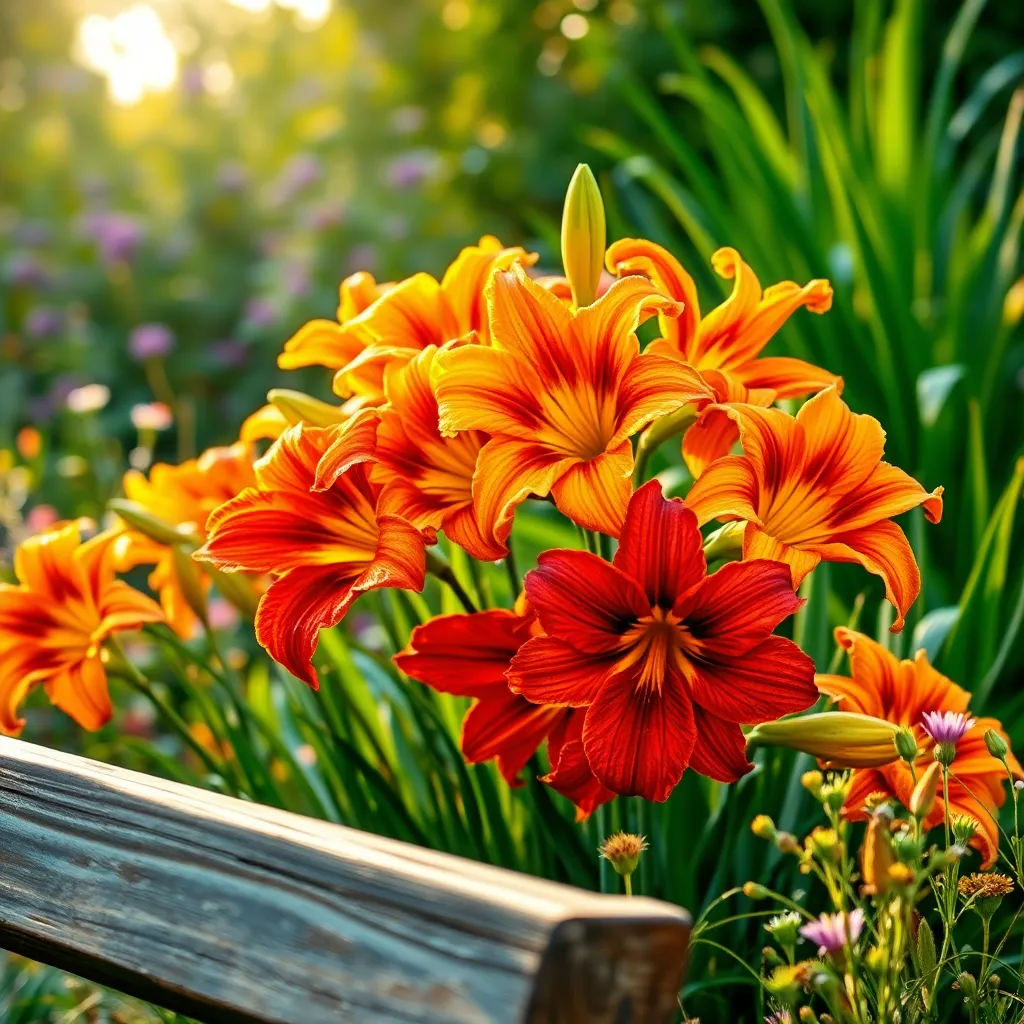
Daylilies are a fantastic choice for gardeners seeking vibrant blooms with minimal effort. Known for their resilience, these perennials can thrive in a variety of conditions, making them perfect for both novice and seasoned gardeners.
To ensure optimal growth, plant daylilies in well-drained soil rich in organic matter. While they are adaptable, providing them with a sunny location will result in the most abundant and vivid blooms.
Watering daylilies is simple; they require consistent moisture but can tolerate short periods of drought. For best results, water them deeply once a week, especially during dry spells, to encourage deeper root growth.
For those looking to enhance their daylily display, consider dividing clumps every three to four years. This advanced technique not only rejuvenates the plants but also provides an opportunity to propagate and expand your garden with even more stunning flowers.
Peonies (Fragrant Flowers with Stunning Colors)
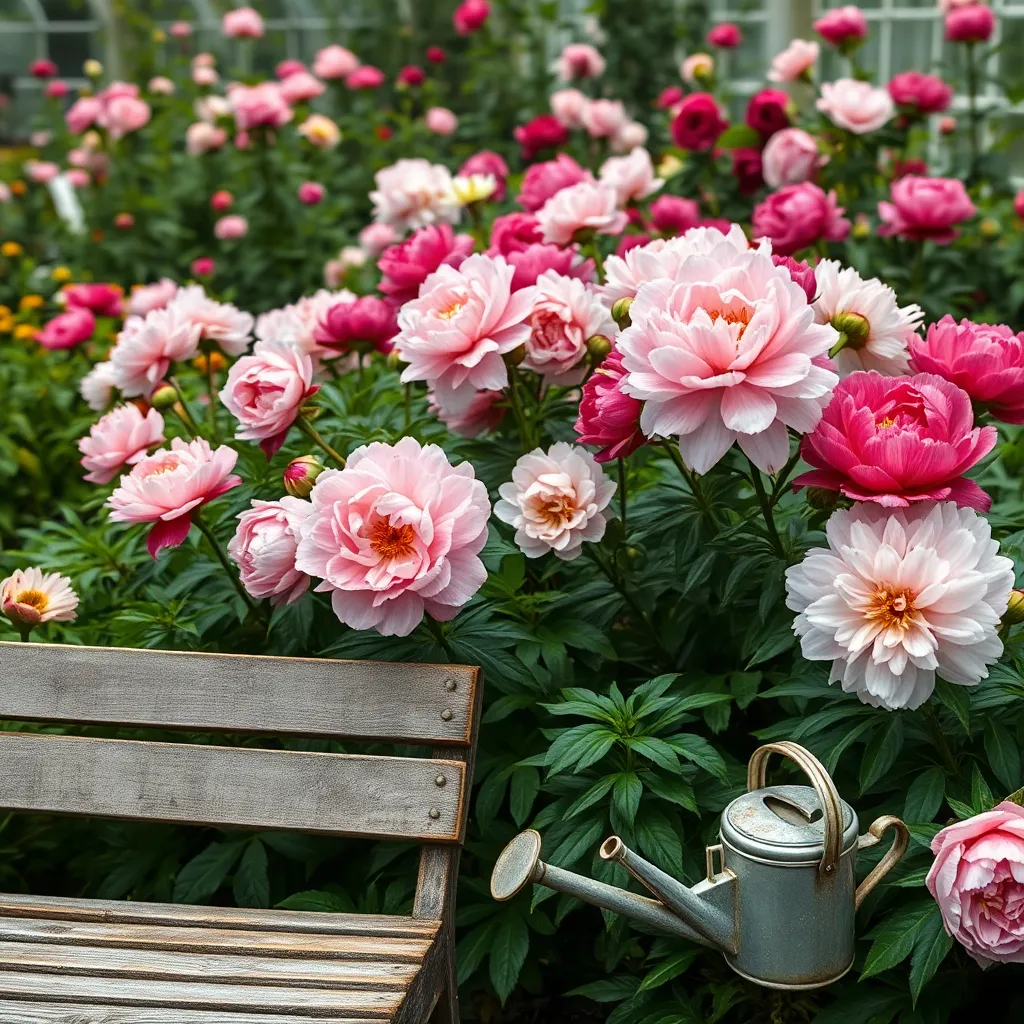
Peonies are a perennial favorite among gardeners for their fragrant blooms and stunning array of colors. These hardy plants thrive in USDA zones 3 to 8, making them a versatile choice for many regions.
To ensure your peonies flourish, plant them in a location with full sun and well-draining soil. Adding organic matter like compost can improve soil quality and provide essential nutrients for vigorous growth.
Watering is crucial during the first growing season; ensure the soil remains consistently moist but not waterlogged. Once established, peonies require less frequent watering, typically thriving with about an inch of water per week.
For experienced gardeners, consider staking taller varieties to prevent stems from bending under the weight of their blooms. Deadheading spent flowers can also encourage bushier growth and a more robust plant over time.
Hostas (Lush Foliage for Shaded Areas)
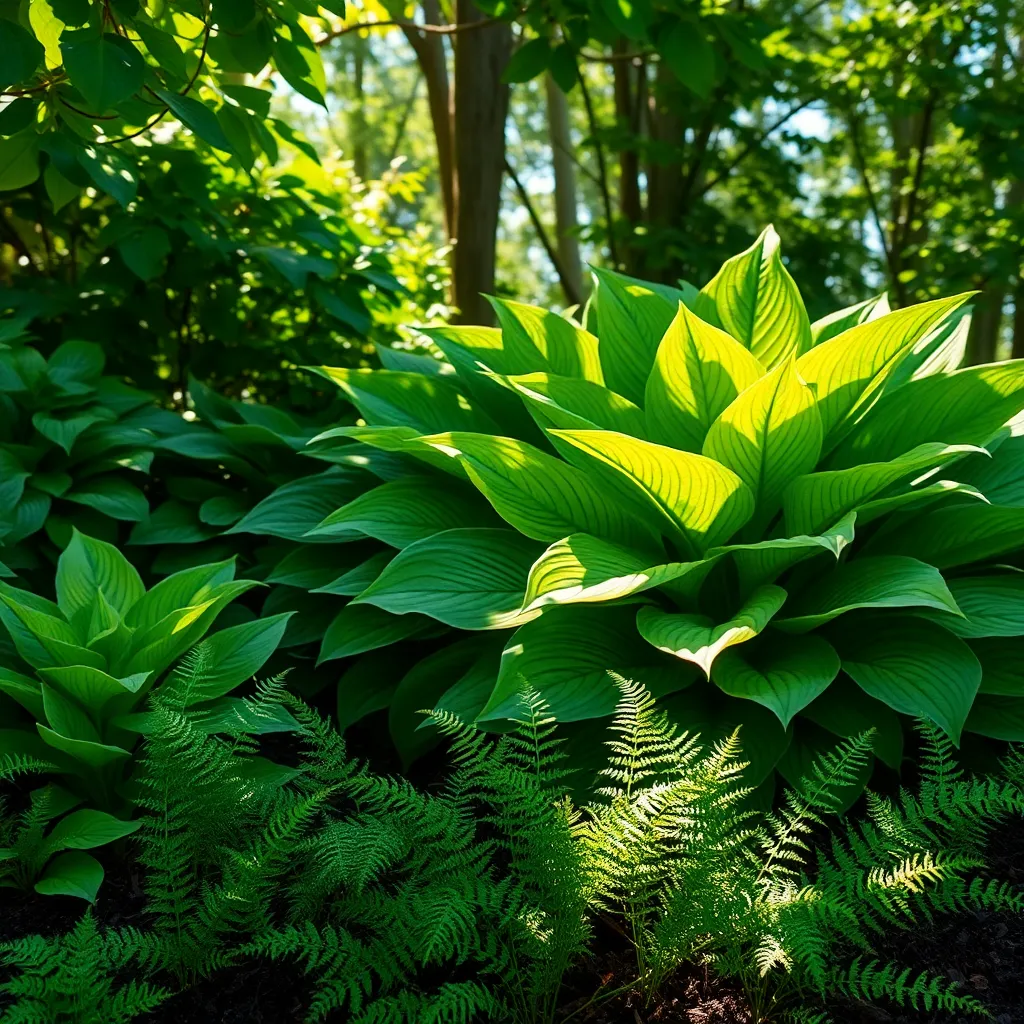
For gardeners seeking lush foliage in shaded areas, hostas are an excellent choice. These perennials thrive in partial to full shade, making them perfect for adding vibrant greenery under trees or along north-facing walls.
When planting hostas, choose a well-draining soil enriched with organic matter to support their growth. Water regularly, especially during dry spells, ensuring the soil remains moist but not waterlogged.
Beginner gardeners will appreciate that hostas require minimal maintenance once established. For those looking to expand their collection, consider dividing the plants every three to four years in early spring or late summer to promote healthy growth and prevent overcrowding.
To enhance the beauty of your hostas, apply a layer of mulch around the plants. This not only helps retain moisture but also suppresses weeds, ensuring your hostas remain the focal point of your shaded garden areas.
Coneflowers (Drought-Resistant Pollinator Magnet)
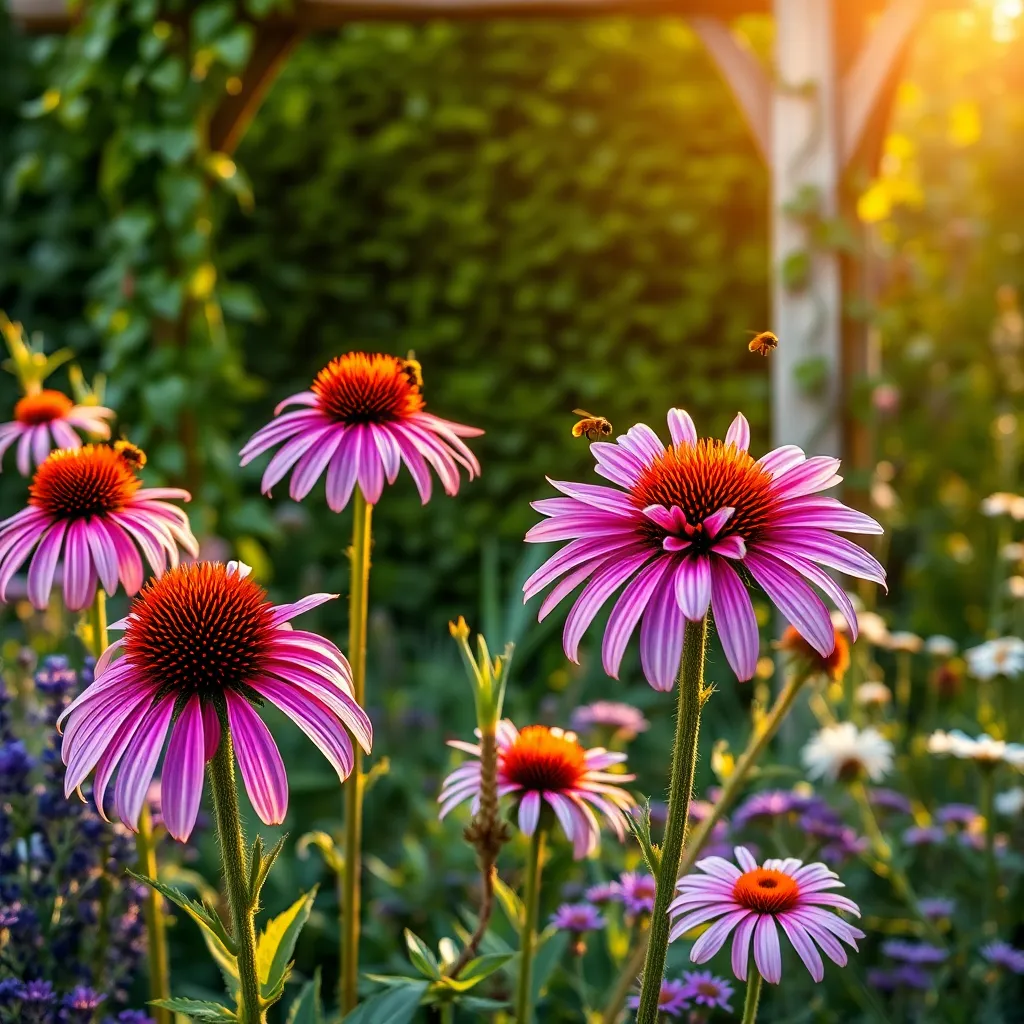
Coneflowers, also known as Echinacea, are a fantastic addition to any spring garden due to their resilience and vibrant blooms. These drought-resistant perennials thrive in full sun and well-drained soil, making them ideal for low-maintenance garden areas.
To plant coneflowers successfully, ensure you space them about 1 to 3 feet apart to allow for proper air circulation and growth. Water these plants regularly during their first growing season to establish a strong root system, but once established, they require minimal watering.
For gardeners looking to attract pollinators, coneflowers are a magnet for bees and butterflies, providing essential nectar throughout the blooming season. Deadheading the spent flowers will not only prolong their blooming period but also encourage more robust growth the following year.
Advanced gardeners may consider dividing coneflowers every three to four years to manage plant size and encourage rejuvenation. Division is best done in early spring or late fall, ensuring each section has a healthy root ball to facilitate successful transplantation.
Iris (Elegant Petals with Varied Hues)
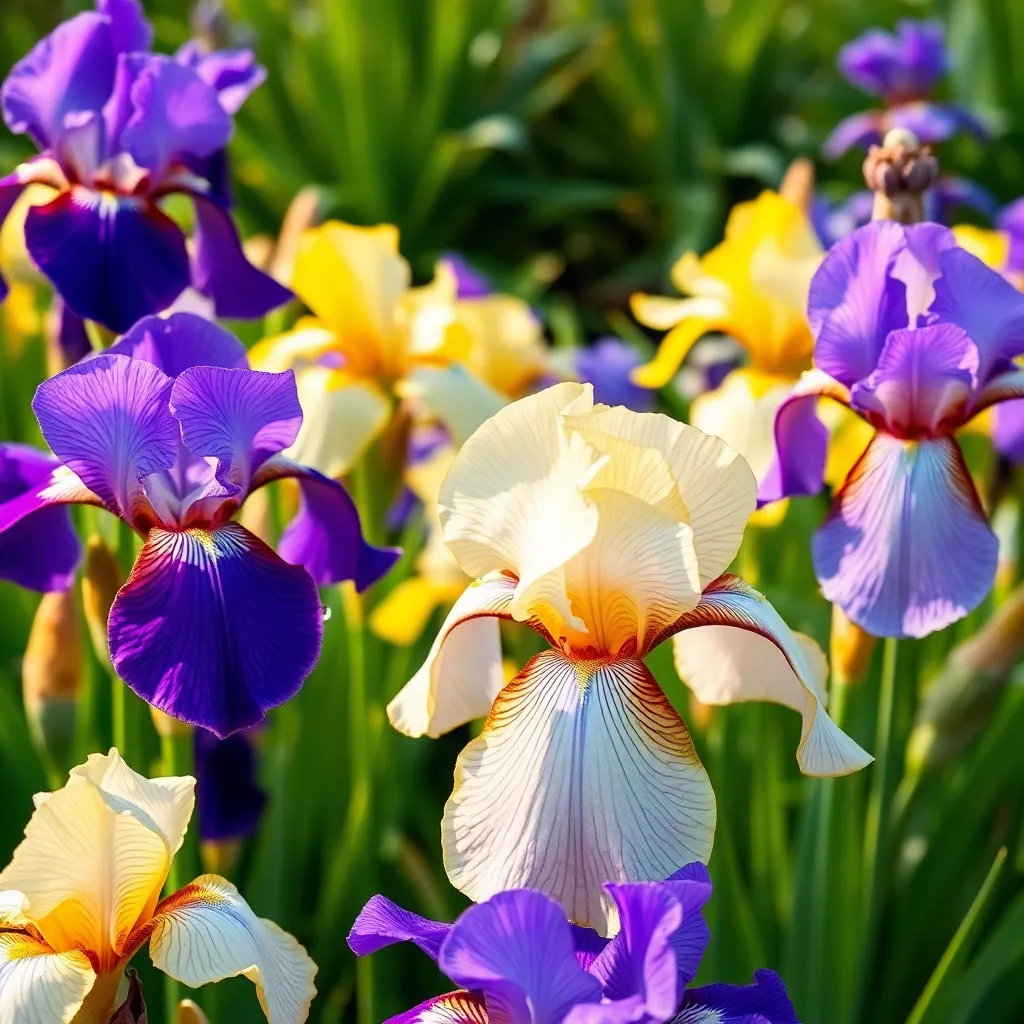
Iris plants are a stunning addition to any spring garden, known for their elegant petals and a spectrum of vibrant colors. To ensure healthy growth, plant irises in well-drained soil that is rich in organic matter.
When choosing a location, select a spot that receives at least six hours of sunlight daily to promote their vibrant blooms. For optimal results, space the rhizomes about 12 to 24 inches apart to allow for adequate air circulation.
Watering needs for irises vary throughout their growth stages, but generally, they require consistent moisture during the growing season. However, be cautious of overwatering, as irises are susceptible to root rot in overly soggy conditions.
To enhance the flowering potential of your irises, consider dividing the rhizomes every three to five years. This not only revitalizes the plants but also prevents overcrowding, ensuring each plant has sufficient nutrients and space to thrive.
Conclusion: Growing Success with These Plants
In cultivating a thriving spring garden, we uncover the rich parallels to nurturing our relationships. First, just as perennials require the right environment to flourish, relationships need a foundation of trust and respect. Second, consistency in care, akin to regular watering and pruning, maintains vitality and growth. Third, diversity in plant life mirrors the importance of embracing differences and appreciating the unique qualities each partner brings. Fourth, patience is essential; much like waiting for blooms, relationship growth takes time. Lastly, adaptability, the ability to adjust to changing seasons, is crucial for enduring love.
To bring these insights to life, take a moment today to nurture your relationship—whether through a heartfelt conversation or a simple act of kindness. Commit to tending your ‘relationship garden’ with intention and see the beauty that unfolds.
Don’t let these valuable lessons fade—bookmark this article for future reference and inspiration. As you sow seeds of effort and understanding, remember: the garden of your relationship can bloom with resilience and joy, promising a future filled with growth and connection.

